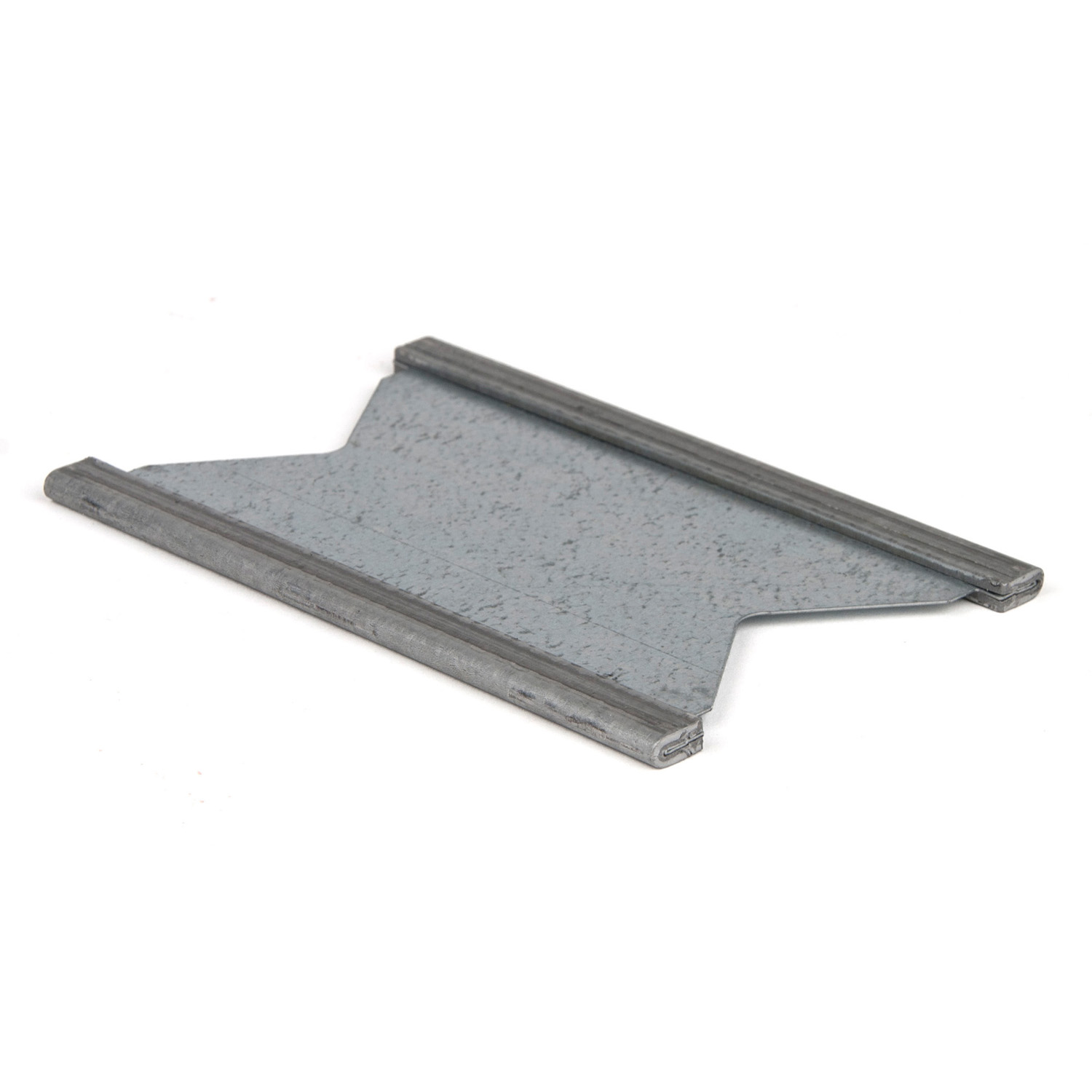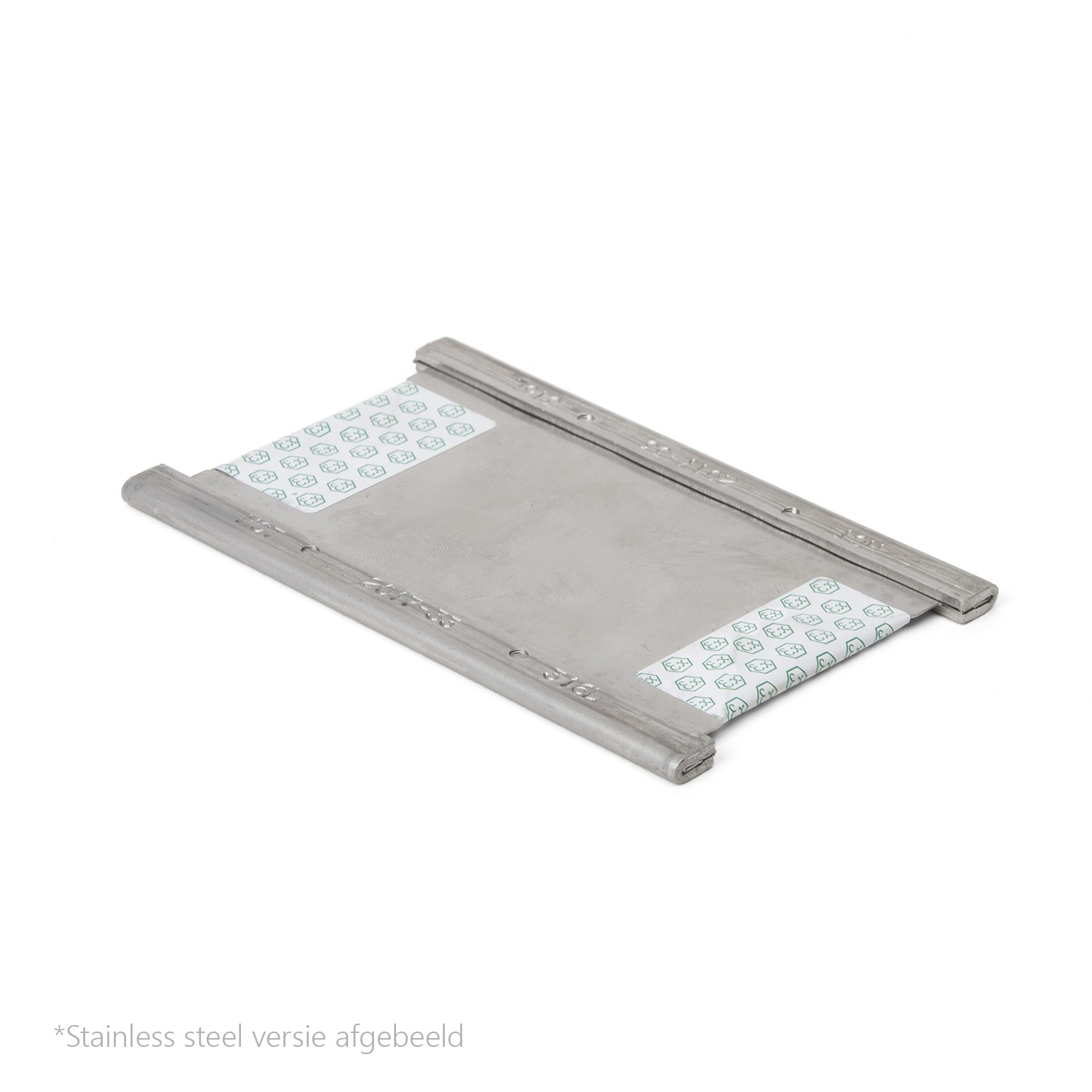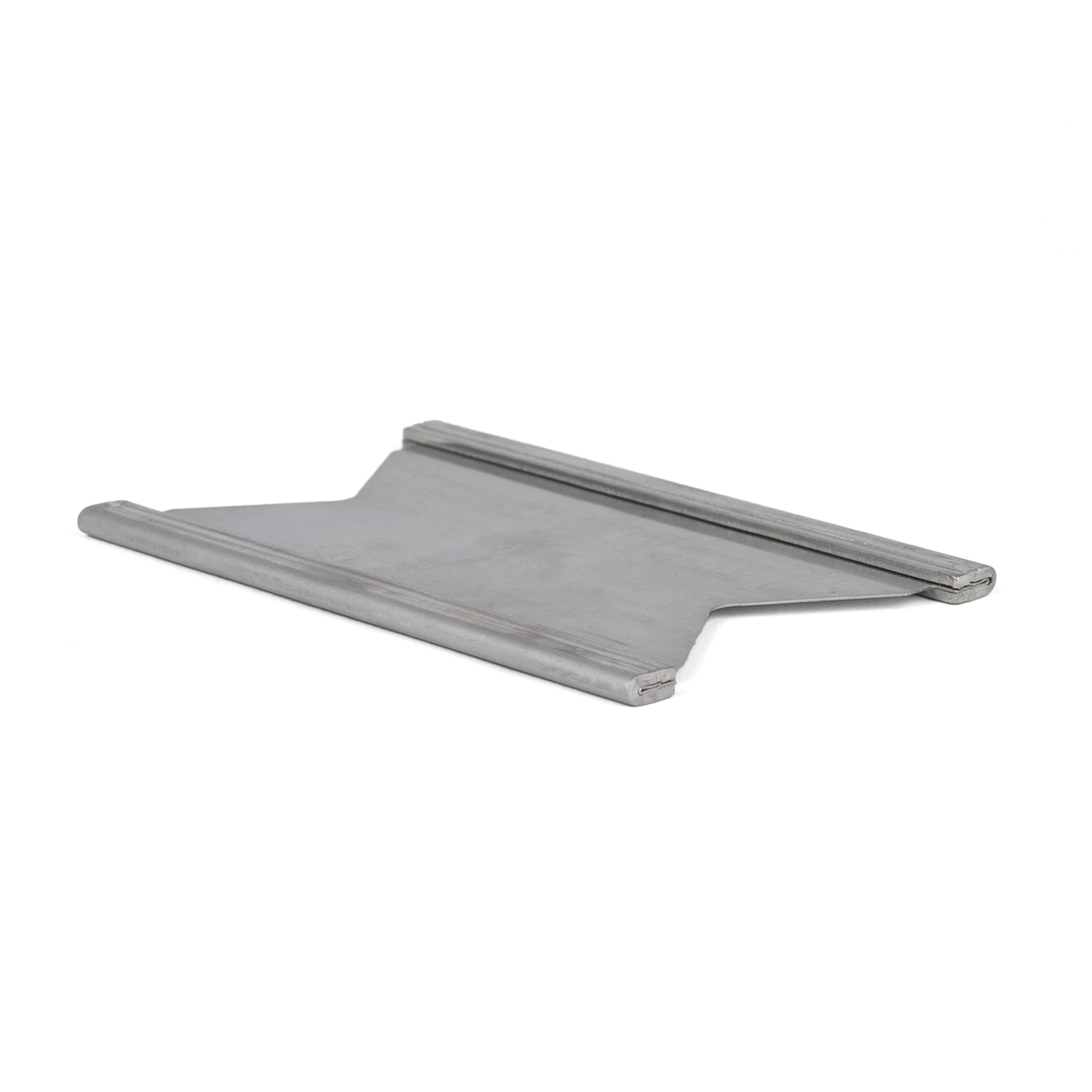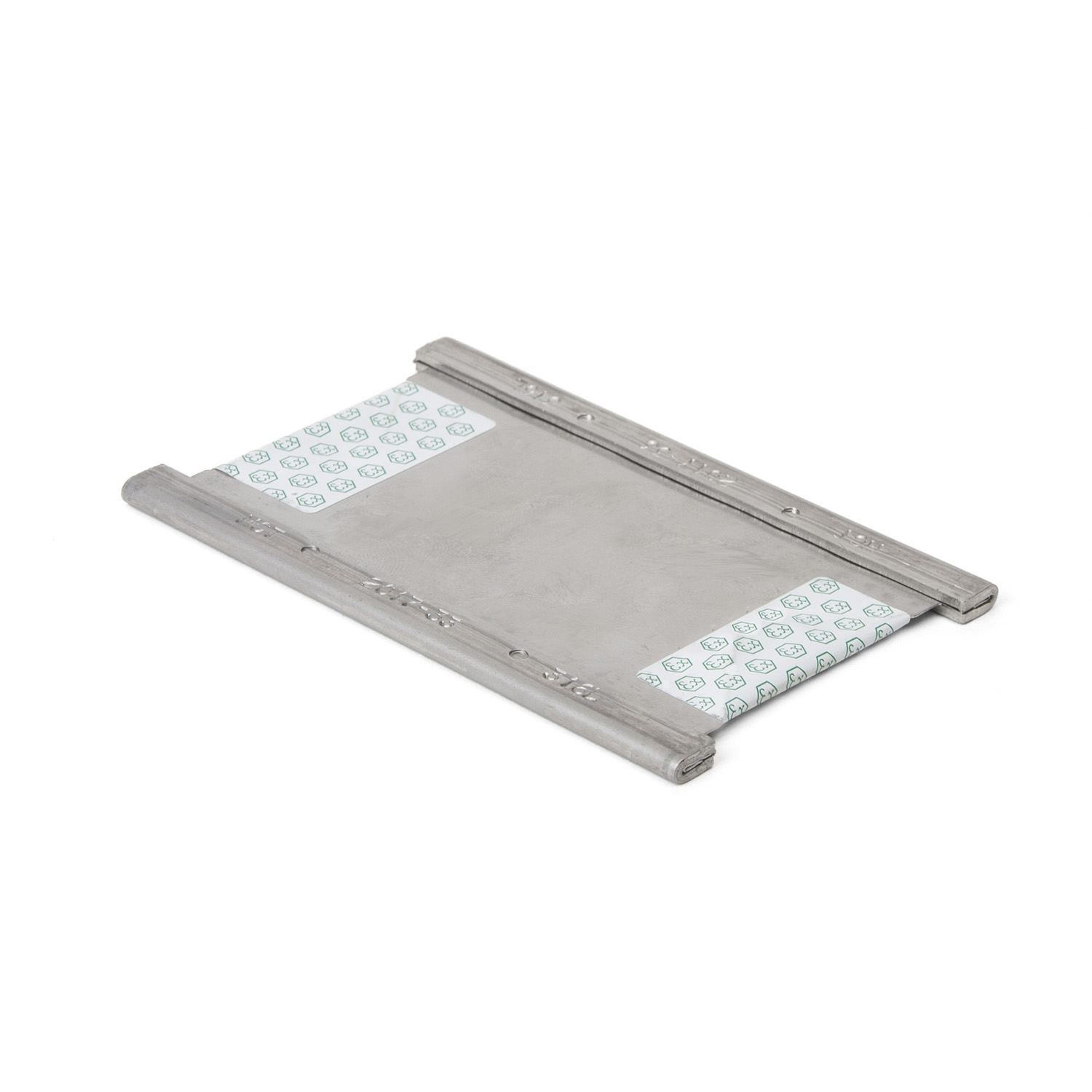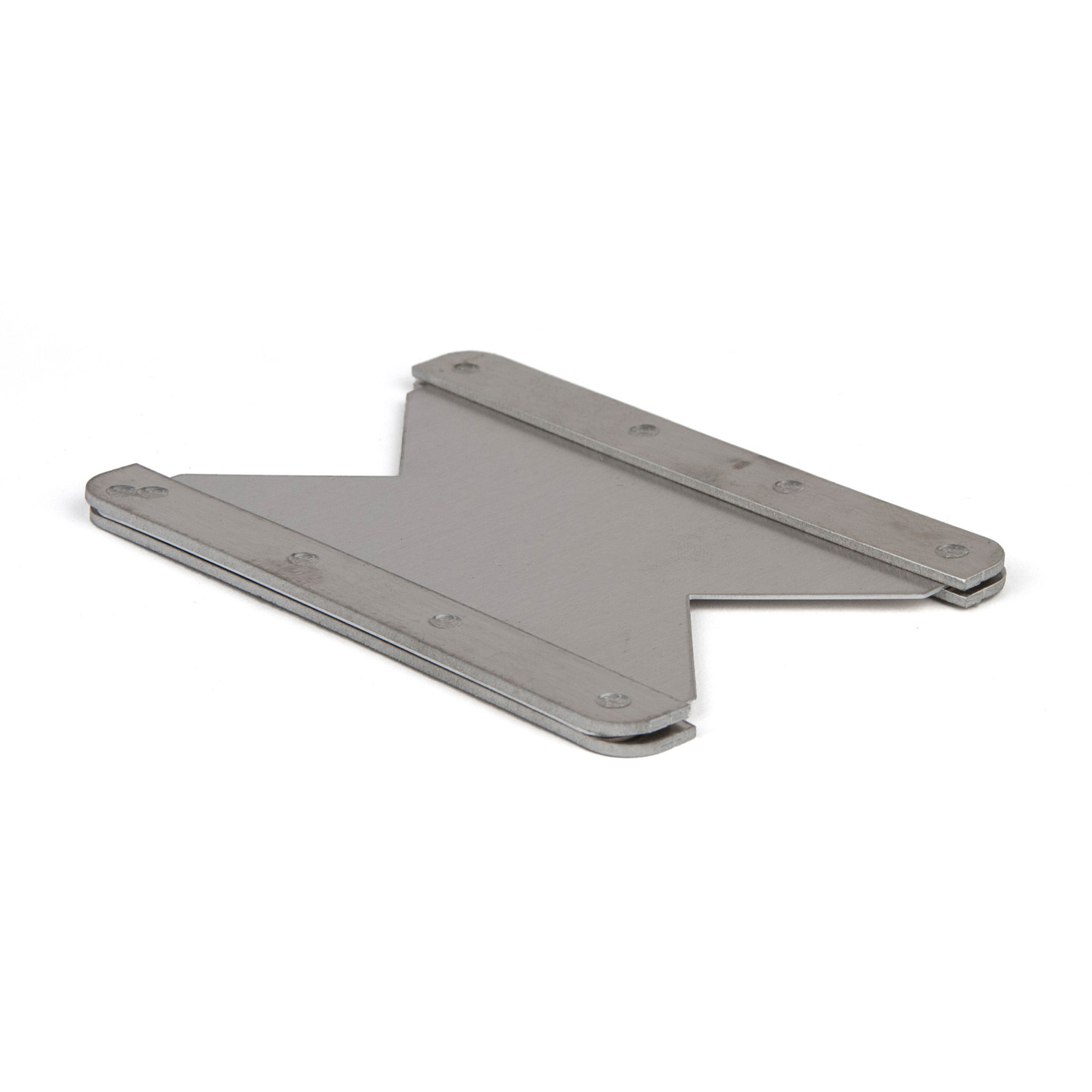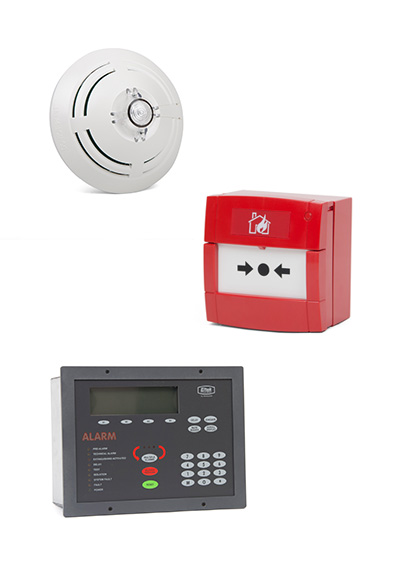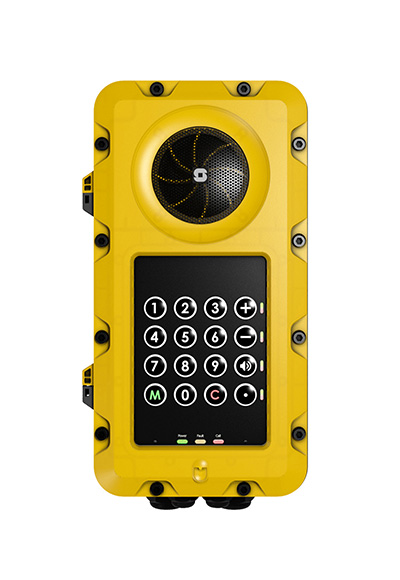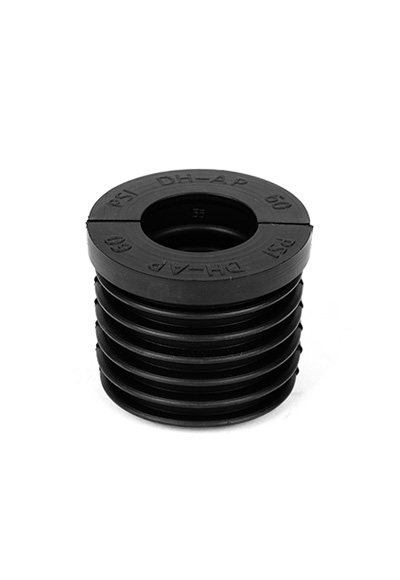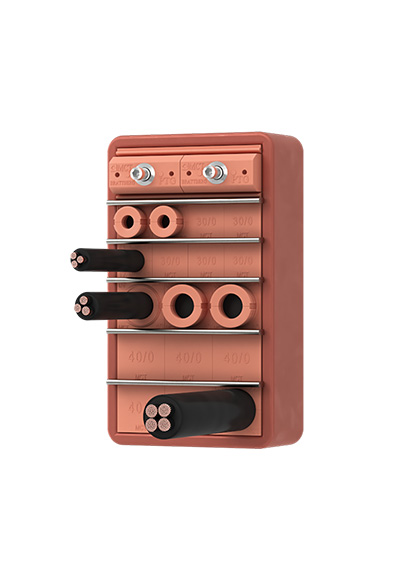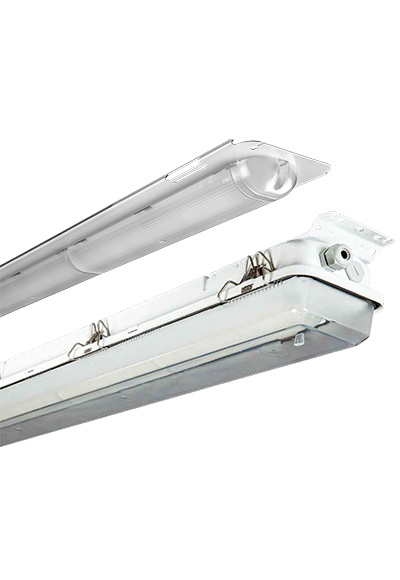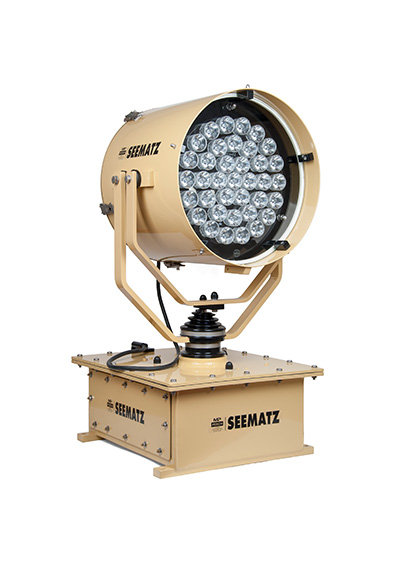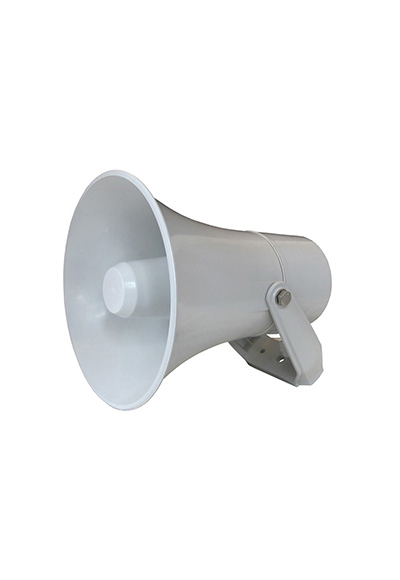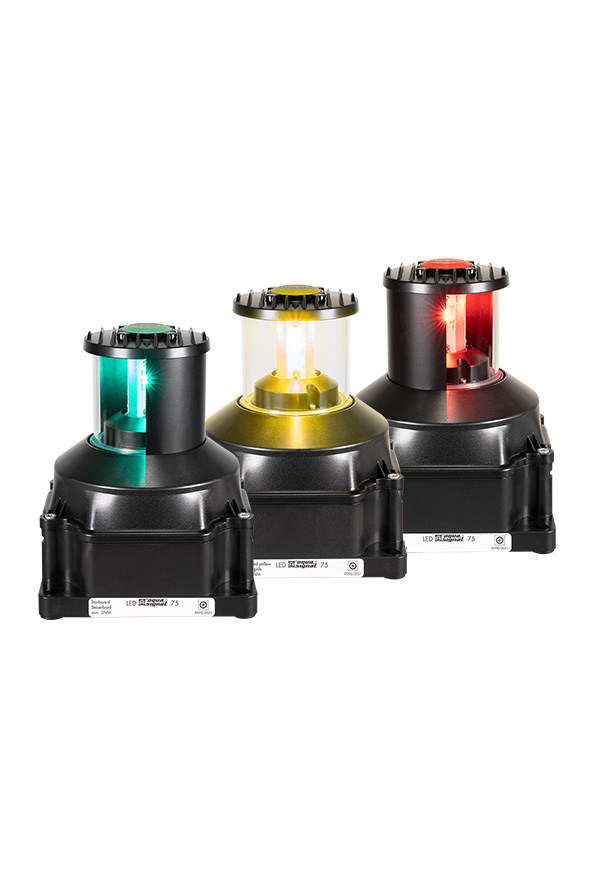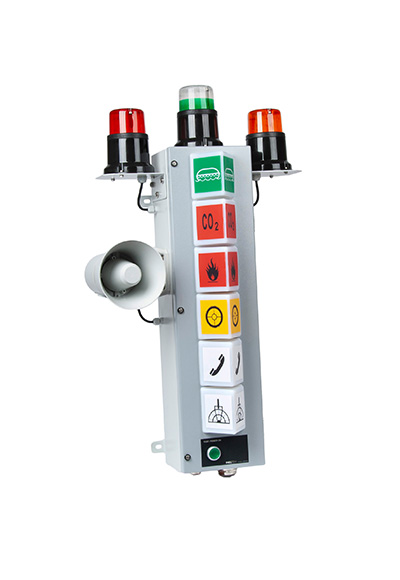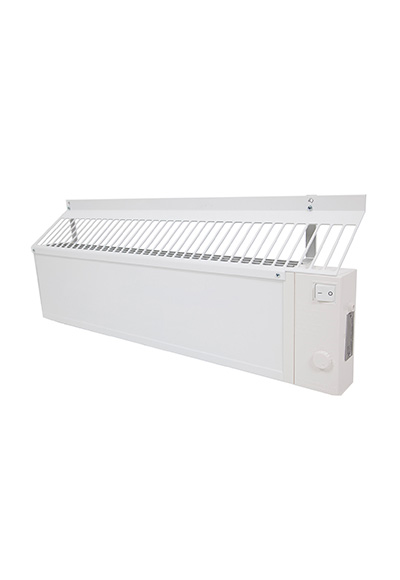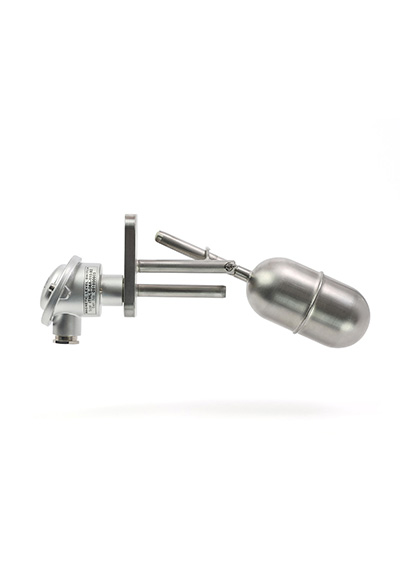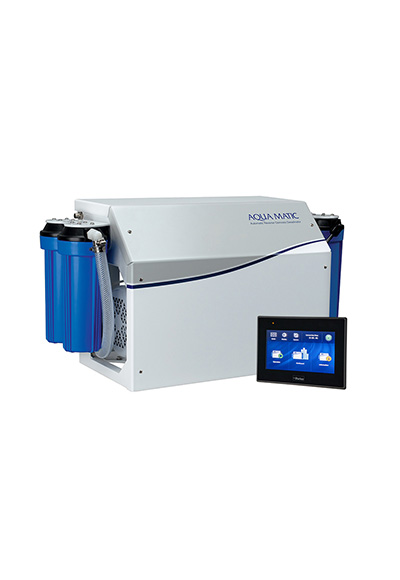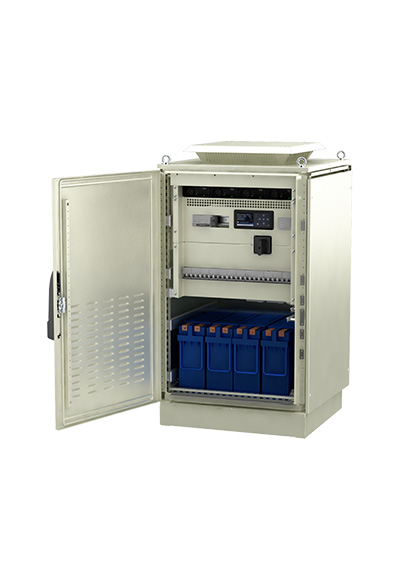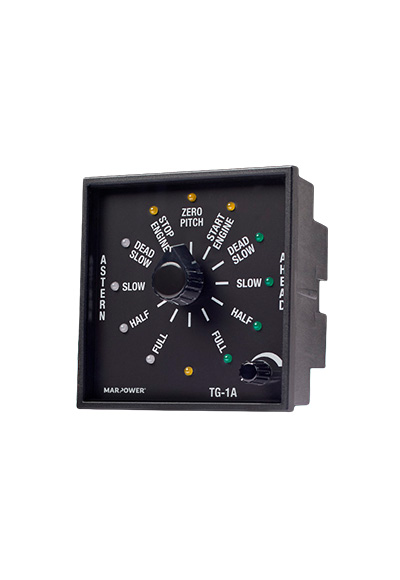Blocks

The pre-lubricated insert blocks from MCT Brattberg are suitable for the passage of cables and pipes with a diameter of 4 to 100 mm. The insert block, standard provided with a diameter coding, is always tuned to the outer diameter of the cable to be fed through.
Insert block lycron, for 3 cable/pipe diam. 27.5-29.5mm
Stock: 0Indicative delivery time: 2WInsert block lycron, for 3 cable/pipe diam. 29.5-31.5mm
Stock: 0Indicative delivery time: 2WInsert block lycron, for 3 cable/pipe diam. 31.5-33.5mm
Stock: 0Indicative delivery time: 2WInsert block lycron, for 3 cable/pipe diam. 37.5-39.5mm
Stock: 0Indicative delivery time: 2WStayplate stainless 120mm ATEX
Stock: 0Indicative delivery time: 14DBlocks
The cable ducts of MCT Brattberg consist essentially of steel or aluminum windows and filling material with which these windows, together with the cables to be routed, are filled.
Blind blocks: blind, fixed blocks, intended for filling spaces where no cables run
Insert blocks: blocks for feeding cables, available from 4 to 100 mm
Add blocks: blocks for feeding 5 different, consecutive cable diameters
U blocks: blocks in U-shape, to be placed around another block, to make that block a size larger
Handiblocks: flexible blocks, each suitable as blind block and for around 12 different, subsequent cable diameters
Other sealing material
Stayplates: steel or aluminum anchor plates, required between each row of blocks
STG end seal: to seal the passage opening together with the Comppla sealing plate
Sealing plate COMPPLA: sealing plate or pressure plate, which presses on the blocks, after which the opening can be closed with the STG end seal
PTG end seal: wedge-shaped end seal that can be applied and pressurized after the last stayplate
Lubricant: grease, to further grease the blocks, as soon as a permanently pressure-tight penetration is required
Special applications
In addition to the regular blocks and sealing material, there are 2 special variants, each intended for a specific form of protection or sealing of the cables:
EMC: blocks and a final seal with the same characteristics as the normal blocks and seal, but with a conductive material halfway the block, to keep electromagnetic radiation away from the space to be shielded.
ATEX: blocks and final seal with the same properties as the normal blocks and seal, but specifically tested for use in potentially explosive atmospheres. The Atex blocks and seal are clearly marked.
This form is not visible because of your cookie settings.

